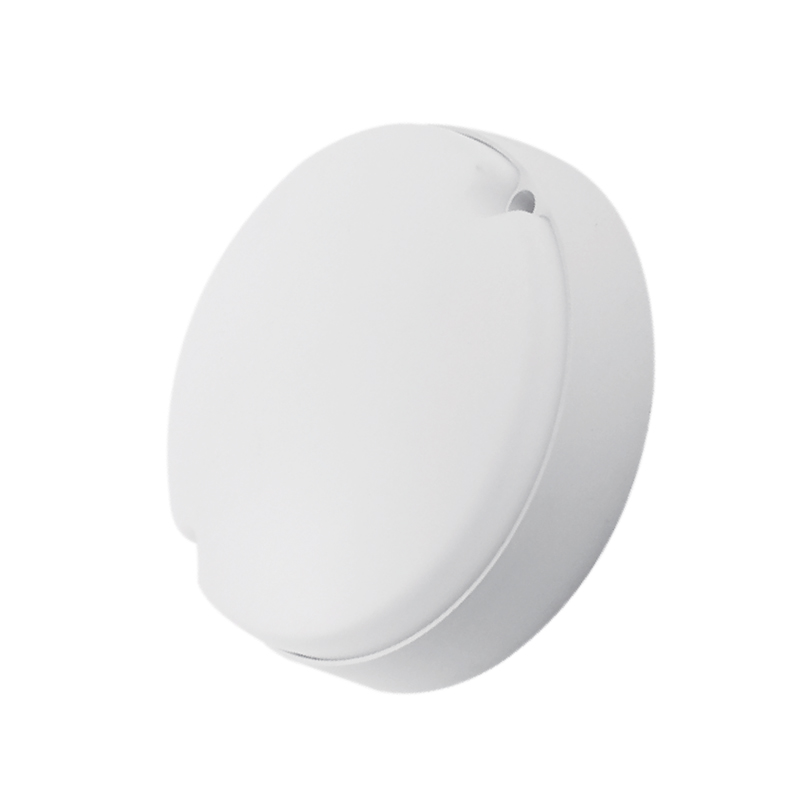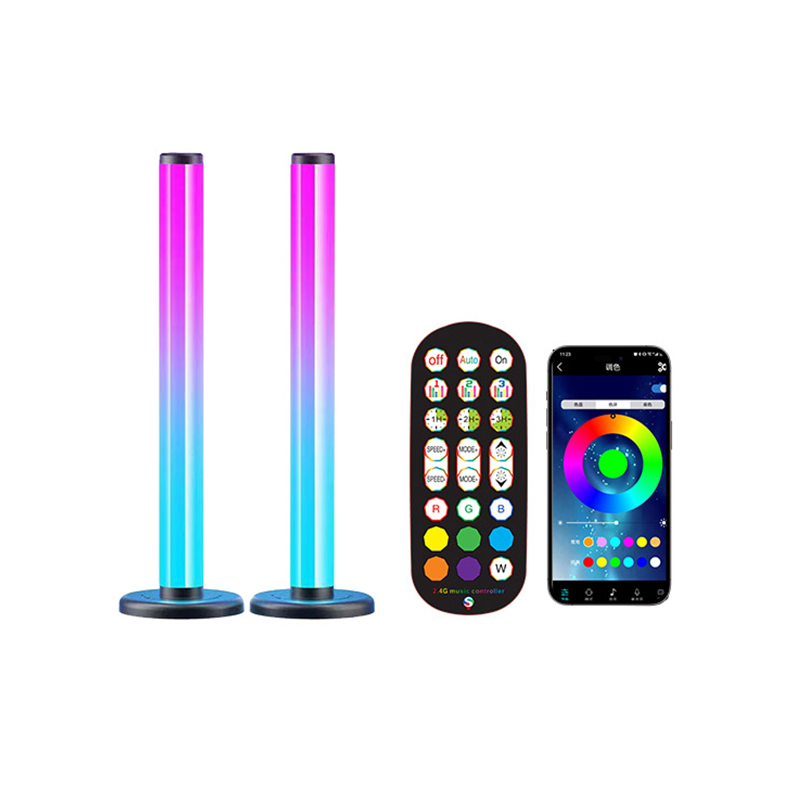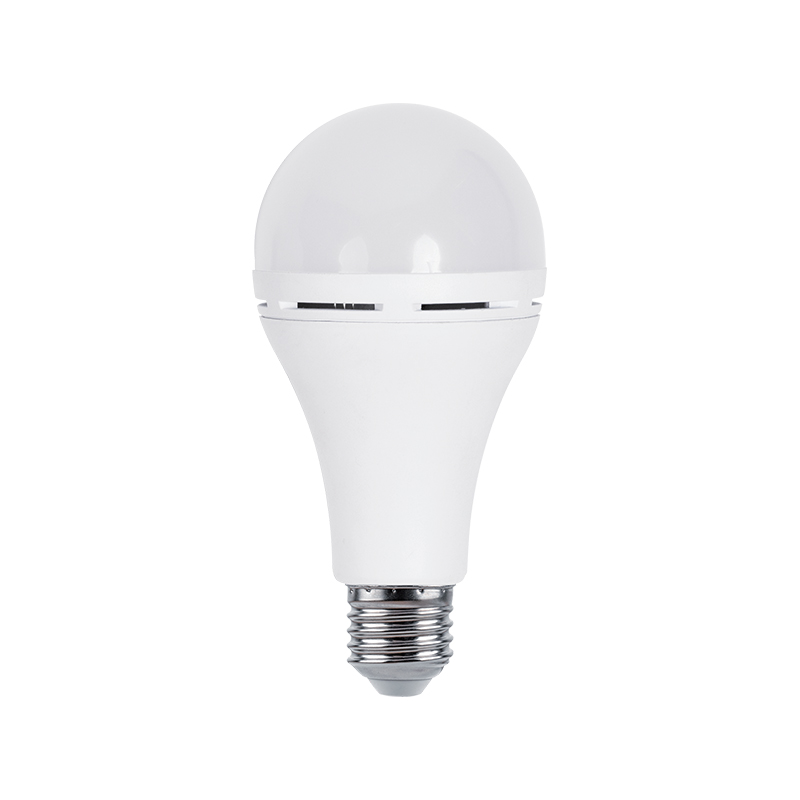We sincerely look forward to establishing a long-term development partnership with you with good quality and professional services.
In the context of equal emphasis on building environmental health needs and energy management requirements, LED purification lamps redefine the operating logic of indoor air treatment equipment through independent control technology of purification modules and lighting modules. This design not only breaks through the functional limitations of traditional purification equipment of "all on and all off", but also builds new technical standards in three dimensions: energy efficiency, flexibility of use, and equipment life, becoming a typical solution for modern space health management.
The core innovation of LED purification lamps lies in decoupling the air purification function and the lighting function into two independently operated subsystems. The purification module is usually composed of a micro negative ion generator, an electrostatic dust collection component or a photocatalytic unit, while the lighting module uses a high color rendering index LED chip and an intelligent dimming circuit. The two modules are independently operated through physical isolation and electrical sub-control design - the purification module is equipped with an independent power interface and control chip, and the lighting module supports color temperature adjustment and brightness control. This architectural design allows users to choose the operating mode according to actual needs: only turn on the purification function when there is sufficient light during the day, turn off the purification module at night to reduce energy consumption, or activate the dual systems at the same time during the peak pollution concentration.
The realization of independent control technology relies on the coordination of dual-channel power management system and intelligent sensor network. The power system provides stable low-voltage DC power to the purification module through an isolation transformer, and configures PWM dimming circuit for the lighting module to ensure that the two do not interfere with each other at the electrical level. The environmental sensor monitors PM2.5, CO₂ concentration and light intensity in real time, and automatically switches the operation mode through the microprocessor. For example, when the indoor light intensity exceeds 500lux, the system automatically turns off the lighting module; when the PM2.5 concentration exceeds 35μg/m³, the purification module enters a high-power operation state. This dynamic adjustment mechanism enables the device to maintain efficient purification while avoiding the energy waste caused by the continuous full-load operation of traditional equipment.
The improvement of energy efficiency by modular design is reflected in three aspects. First, the separated operation mode eliminates the energy consumption defect that the "lighting + purification" of traditional purification equipment must be started simultaneously. In office scenarios, if only air quality needs to be maintained without additional lighting, the equipment can run the purification module at only 15W power, which is more than 60% lower than the energy consumption of traditional equipment. Secondly, the independent heat dissipation design of the dual modules reduces the thermal coupling effect. The heat generated by the lighting module is quickly conducted out through the aluminum substrate, while the low-temperature plasma generator of the purification module dissipates heat independently through the airflow channel, avoiding the influence of high temperature on the efficiency of semiconductor components. This heat dissipation optimization improves the overall energy efficiency of the equipment by 25%, and extends the life of the LED light source to more than 50,000 hours.
More importantly, the intelligent control algorithm achieves a dynamic balance between energy consumption and purification effect. The built-in fuzzy control model of the device can automatically adjust the working parameters of the purification module according to the type of pollution source (particulate matter/gaseous pollutants). For example, when dealing with decoration pollution, the photocatalytic unit is started first and the wind speed is reduced to extend the contact time of pollutants; when dealing with smoking pollution, it is switched to electrostatic dust collection mode and the release of negative ions is increased. This targeted adjustment increases the pollutant removal efficiency per unit energy consumption by 40%, truly realizing the energy management goal of "purification on demand".
Independent control technology gives LED purification lamps extremely strong scene adaptability. In medical scenarios, the operating room can only use the lighting module to meet the needs of shadowless lamps, while the waiting area can activate both modules at the same time to achieve dynamic air purification; in commercial spaces, clothing stores can turn off the purification module during the day to highlight the product display lighting, and turn on the deep purification mode after closing the store at night to remove formaldehyde residues. The convenience of this mode switching comes from the dual-channel remote control system of the device - users can set the lighting brightness and purification intensity separately through the mobile phone APP, or switch between the three states of "lighting priority", "purification priority" and "dual mode" with one click through the wall switch.
Customized applications in special environments further highlight the technical advantages. For places that are sensitive to light, such as museums and archives, the equipment can be equipped with red light eye protection lighting modules and ultra-quiet purification units to maintain air cleanliness while ensuring the preservation environment of cultural relics; for areas without natural lighting, such as underground garages, the anti-glare design of the lighting module can be strengthened, and the CO concentration sensor can be linked to automatically adjust the purification power. This "one machine with multiple functions" feature makes LED purification lamps an ideal choice for cross-scenario applications.
The improvement of equipment life by modular design is reflected in system redundancy and fault isolation. When the LED chip of the lighting module decays, the user can replace the light board alone without disassembling the purification component; if the negative ion emitter of the purification module ages, the maintenance personnel can also quickly locate and replace the faulty unit. This maintainability design reduces the cost of the equipment over the entire life cycle by 35%, which is more economical than traditional integrated equipment.
More noteworthy is the collaborative protection mechanism of the dual modules. The constant current drive circuit of the lighting module prevents the impact of voltage fluctuations on the purification module, while the electromagnetic shielding layer of the purification module avoids the interference of high-frequency electric fields on the LED light source. In the laboratory simulation test, the device can still maintain 98% of its initial performance after 5,000 mode switchings, which fully verifies the reliability of the modular architecture.
The current research and development focus is on the deep integration of the dual modules. The new generation of products realizes the energy conversion upgrade of "lighting is purification" by directly integrating photocatalytic materials into the LED chip packaging layer - part of the visible light energy is converted into oxidative free radicals, which decomposes volatile organic compounds while providing lighting. This technological breakthrough increases the purification efficiency of the equipment by 3 times at the same energy consumption, marking the LED purification lamp's move towards the goal of "zero energy purification".

 English
English Español
Español Deutsch
Deutsch






